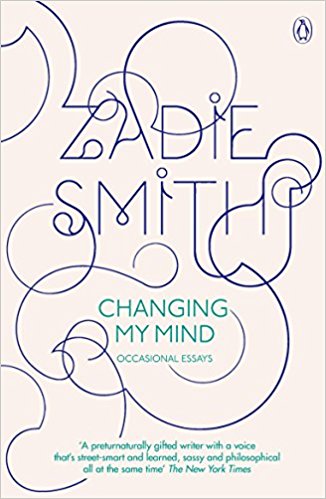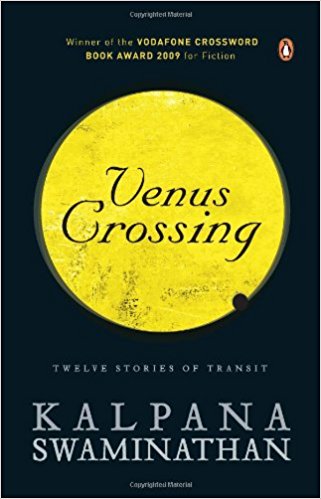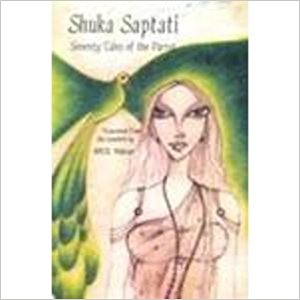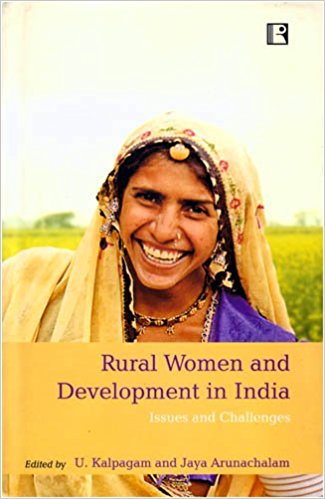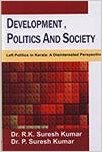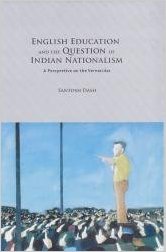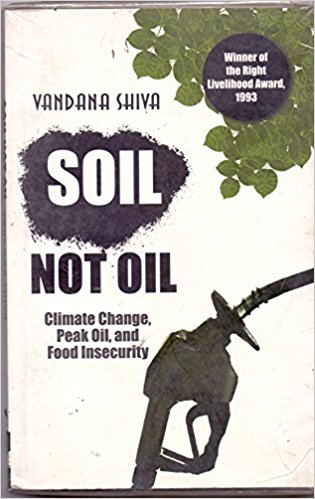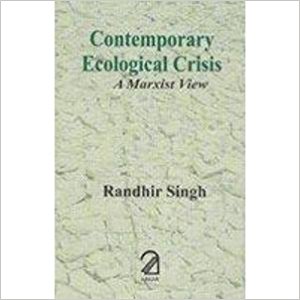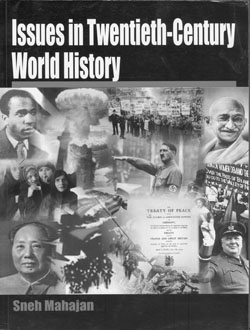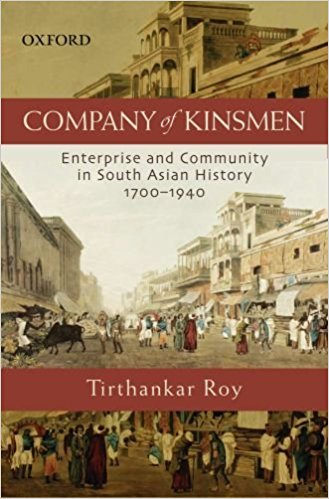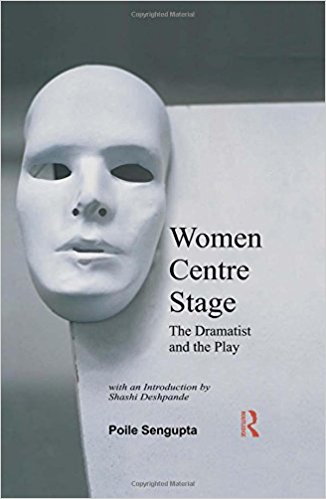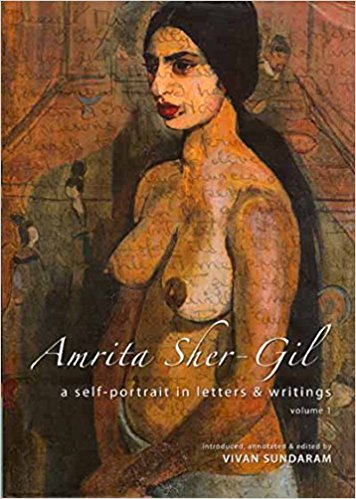In her essay on ‘The Crafty Feeling’, Zadie Smith describes the craft of writing. It is a love-hate relationship that an author has with her work. A work desultorily begun can become something altogether different once the ‘middle’ stage is reached.
Archives
June 2010 . VOLUME 34, NUMBER 6Kalpana Swaminathan is a surgeon writer, and the influence of her profession is evident in the choice of her themes in Venus Crossing: Twelve Stories in Transit.
What a delightful collection of stories—all about women who take lovers, cuckold their husbands, have a great time and mostly, live to tell the tale. Or rather, in this case, have their tale told.
Examination of the rural women of India implicates lot of things the foremost among which is that we are covering an overwhelming majority of women in the country.
The two authors undertook the study with a research grant awarded by the Achuta Menon Foundation and claim that theirs is a ‘disinterested’ (un-biased) perspective.
2010
The book under review seeks to address an issue which has ever remained an area of great concern, how to improve the governance structure of the elementary education system in India.
The issue of language has always drawn attention in social science debates on such diverse themes as culture, nationalism, nationality, education, and social mobility.
Vandana Shiva has been a powerful voice for the rights of the dispossessed in an era of unequal, elite-led globalization. She has long rooted for maintaining biodiversity, and has shown that a bottom up approach to sustainability and conservation is both desirable and possible.
Author Randhir Singh rightly critiques capitalism as the root cause of today’s global environmental crisis in his exposition of the Marxist view on the subject.
This volume is part of the series entitled A People’s History of India. It deals with the ecological history of India from pre-historic times to 1947.
Critics have complained about the incessant output of books on Bombay/Mumbai. Each book has, obviously, a story to tell. This ‘Maximum City’, which is the second most populated city in the world and the richest city in India today, was a sparsely-populated, sleepy hamlet of mud-houses till the mid-eighteenth century. But, by 1780s,
This volume is among the genre of narratives of major events concerning the twentieth century that have appeared in the first decade of the new century, e.g.: William R. Keylor,
Tirthankar Roy has set out ‘to write an economic history of institutional change in South Asia’. A major theme in economic history is the institutional framework in which trade and commercial activities were carried on in pre-colonial societies.
For more than a decade, researches in pre-colonial south Asia have attempted to show that the historical processes during the early and medieval period defied the current day notions of a fixed regional boundary, codified religious identities and immutable social categories of caste and occupation.
This is an important book. Important for two reasons: one, it is actually a book of plays, something few publishers undertake, as a result of which Indian playwriting has remained virtually unborn, except for a few desolate exceptions.
Anything anticipated too long often ends in anti-climax. Not this outstanding and enthralling two volume memorial to Amrita Sher-Gil, India’s most iconic painter—almost twenty years in the making.

